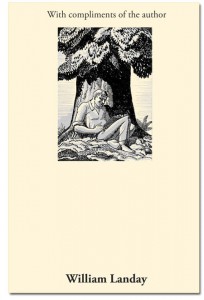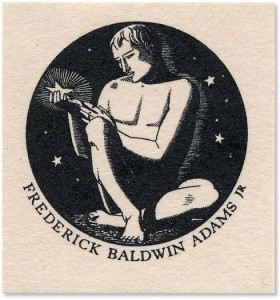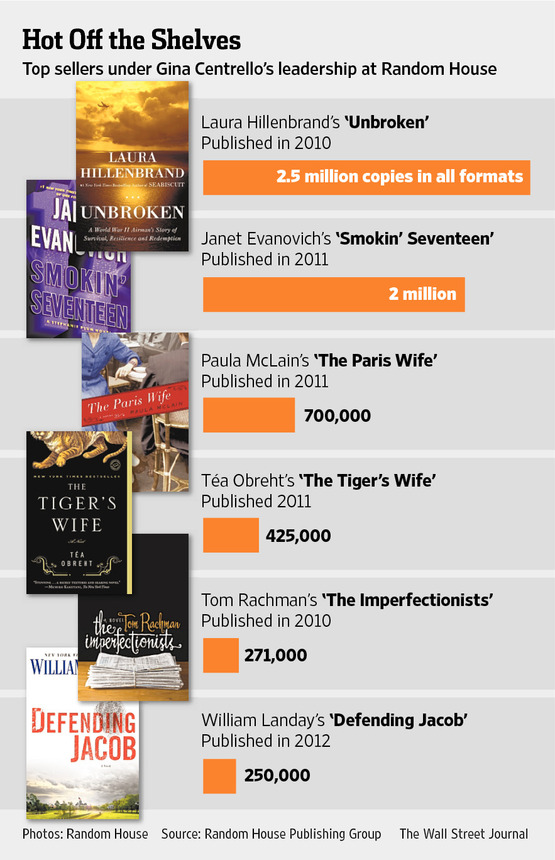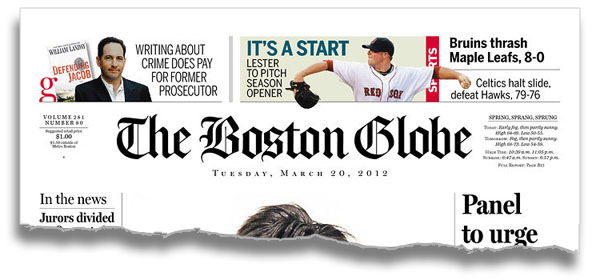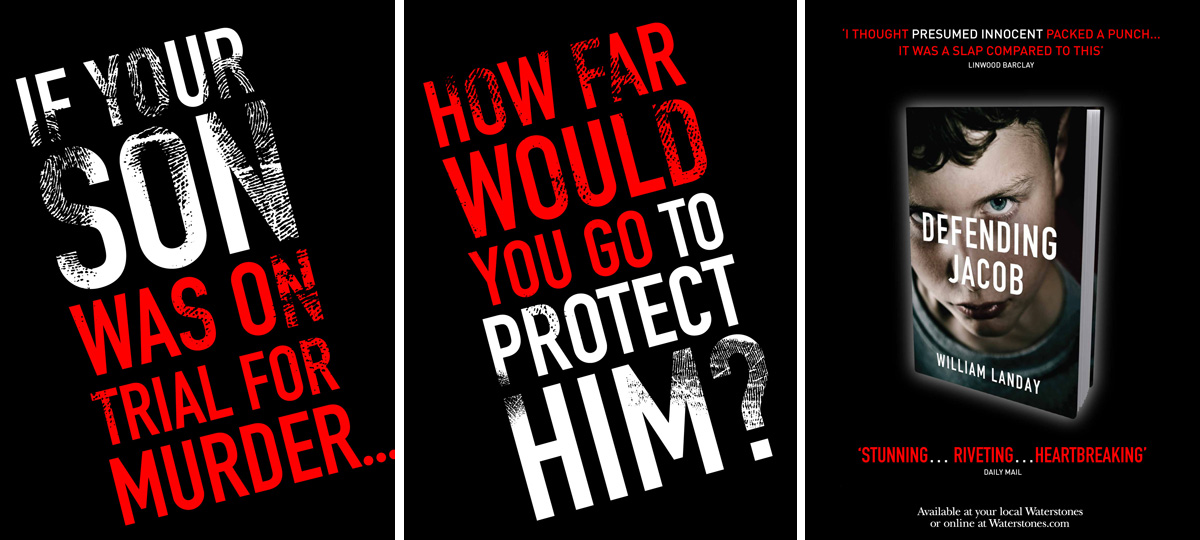
A blog post I did for Random House over on Tumblr:
Into the Woods
Does it help to see where a novel is set? Would you understand Faulkner’s fictional Yoknapatawpha County any better if you actually visited his Mississippi? Is it even possible to understand Dickens if you have no idea what Victorian London looked like?
I’m not sure there is a good answer. Sometimes the vision in the your mind’s eye is more vivid than any mere reality. Real life can be so disappointing. Remember when, a few months ago, the mansion said to have inspired Fitzgerald’s The Great Gatsby was to be leveled? To me, the most compelling part of that story was how disappointing the mansion actually was — how unworthy of Jay Gatsby. Even the famous lawn, now turned weedy, was disappointing. Clearly the lawn in the news photos never “started at the beach and ran toward the front door for a quarter of a mile, jumping over sun-dials and brick walks and burning gardens — finally when it reached the house drifting up the side in bright vines as though from the momentum of its run.” Of course, no lawn ever did that — and maybe that’s the point. Great fiction always outruns reality.
Still, people who read my novel Defending Jacob always ask me which details from the book are real. We want to know, we readers, just where the border between reality and fiction lies. In the novel, a teenage boy is murdered in Cold Spring Park, in Newton, Massachusetts. As it happens, both the park and the town are very real. I live in Newton and jog through Cold Spring Park all the time, as does the Barber family of my novel.
So, for the curious out there, here is a photo of the park, which I took just a couple of days ago, on May 10 — very near the date of the murder in the book (April 12), so this is roughly what the park would have looked like on the day of the crime, lush and green and muddy with the spring melt. If you’re curious, more pictures of Cold Spring Park are here.
The post includes this photo of Cold Spring Park, the setting of the murder in Defending Jacob.
